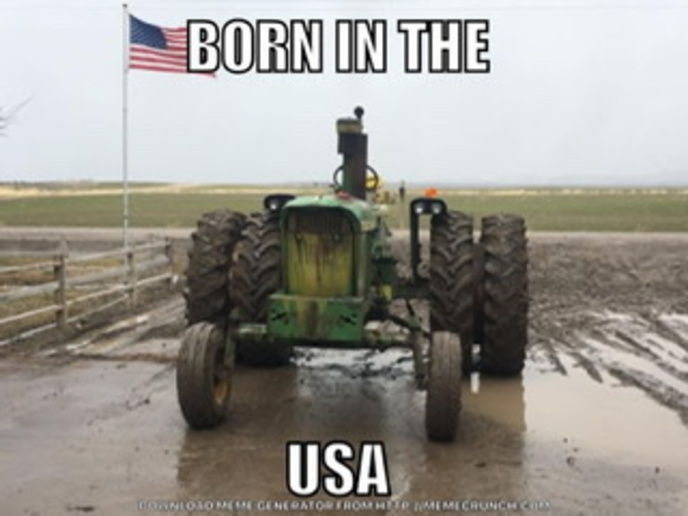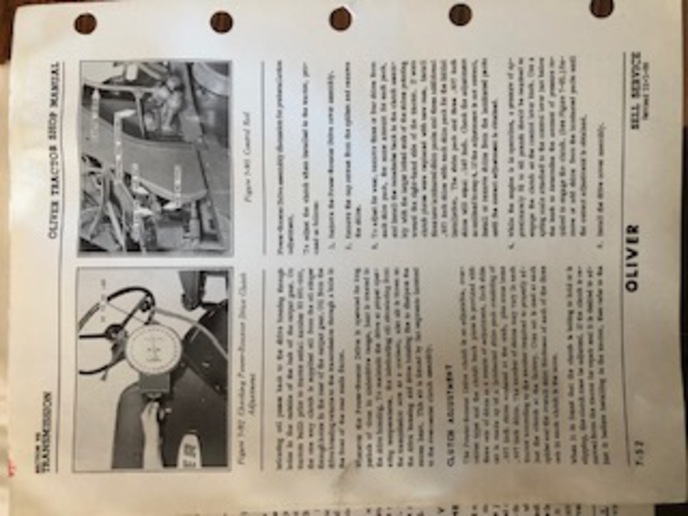big tee
Well-known Member
Didn't want To hy-jack the post below about the pipeline so here goes-We have two lines through our farm-a 18 inch put in, in 1978 and a 42 inch put in, in 1999. When the one was put in in 99 the wife and I would take the 3-wheeler out every day to check the progress and she would take pictures. The first line we were part of association to fight the line but no avail. The second line "went through". We have a lot of pictures and will post more next week but I just want to say I have never met a more courteous safety minded group of people than the pipeline people-before the line went through-during construction and now. We have a Mom and Pop tiling business and we use 811 one call before we go near the line-common sense-When we one call they come out and if we are ANYWHERE near the line they mark it and stay with us until we are done. If we have to cross the line we can't use the plow-we have to back-hoe across it. The guy will jump right down in the hole with his sensor and probe and make sure we ALL know where it is at. Nice guys-we are on first name basis! Here are a few pictures of when the line went through our farm to show how close it is to our house! We live in a valley and if there is a leak we will be the first to. If I get up in the middle of the night to take a leak and flick the light switch on and if there is a leak--BOOM. They don't put the scent in the gas until it branches to towns so there is no smell. More next week for we are getting ready to go tractor pulling in Oklahoma this week.---Tee




